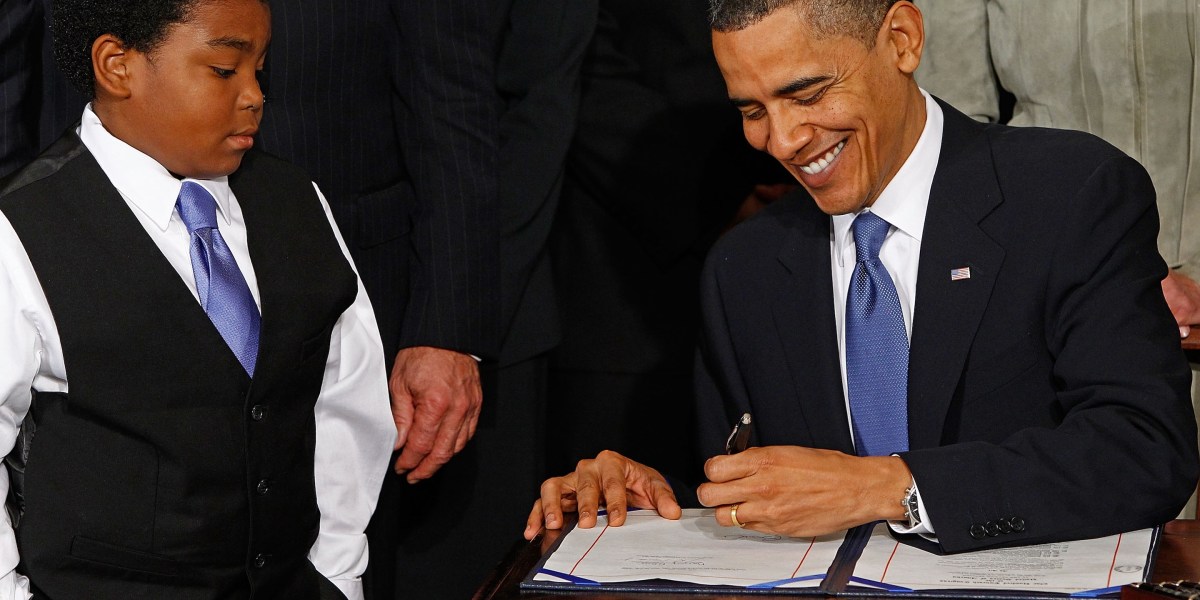A perfect storm of rising health care costs, expensive new drugs, and the scheduled end of enhanced federal subsidies could drive Obamacare’s Affordable Care Act (ACA) Marketplace premiums to their steepest levels in years—and hit more than 24 million Americans in their wallets.
According to a new analysis of insurers’ 2026 filings by Peterson-KFF’s Health System Tracker, the median proposed premium hike across 312 marketplace insurers is 18%. Most increases range from 12% to 27%, with more than 125 insurers seeking hikes of 20% or more—the sharpest climb since 2018. Final rates will be locked in by late summer 2025.
What’s driving the surge
Runaway medical costs remain the primary culprit, with hospital services, physician visits, and prescription drugs, especially the booming category of GLP-1 medications for diabetes and weight-loss, leading the trend. Insurers report medical inflation running at 8% to 10% annually. Some have even dropped coverage for weight-loss GLP-1s in an attempt to contain costs.
Layered on top of that is a looming policy shift: the expiration of enhanced premium tax credits enacted in 2021 as part of pandemic relief. If Congress lets these subsidies lapse at the end of 2025, monthly out-of-pocket costs for subsidized enrollees are projected to jump roughly 75% on average. That hike is on top of, not instead of, insurers’ base premium increases. The subsidy rollback alone explains about 4 percentage points of the proposed 2026 rate jumps, partly because insurers expect healthier customers to drop coverage when subsidies shrink, leaving a riskier pool.
Insurers are also bracing for potential tariffs on medical supplies and pharmaceuticals, which could add about 3 percentage points to premiums.
What that means for consumers
For a subsidized enrollee paying $100 a month today, 2026 costs could rise to $175—a $900 increase per year—if enhanced subsidies expire. Someone paying $200 a month could see their bill swell to $350. And those figures don’t yet reflect underlying insurer rate hikes above the loss of subsidies.
The impact could be widespread: About 24.2 million Americans are currently enrolled in ACA Marketplace coverage, more than twice the total from four years ago. Much of that growth is tied to the enhanced subsidies now on the chopping block.
Even those with private insurance aren’t immune to rising costs: Fortune previously reported that 51% of companies plan to pass on higher premium costs to employees.
The stakes for Congress and consumers
If lawmakers extend the subsidies, many households could avoid most of the jump in what they pay out of pocket, though they would still face the underlying premium hikes driven by inflation and drug costs. Without action, however, the combined effect could create a price shock for millions who have depended on Marketplace coverage.
The 2025 federal budget reconciliation law passed earlier this year did not include a renewal of the enhanced subsidies, even as it addressed other major health provisions. That means unless Congress acts separately, the subsidies will expire at year’s end.
Republicans currently control both chambers. Some key GOP members have not ruled out discussing an extension due to pressure from constituents, especially in swing districts and states with high ACA enrollment. However, the party is generally resistant to large new spending on what many members still frame as “insurance company bailouts.” GOP leaders have not held serious negotiations over a renewal yet, and most observers rate the odds of passing an extension as low without a major shift in political priorities. Nearly 77% of the public—including a majority of Republican and MAGA-identifying voters—support extending the enhanced premium subsidies, according to a June 2025 KFF poll.
Some health-policy experts note a short-term extension (1-2 years) remains possible, especially if advocates tie it to government funding negotiations or “must-pass” legislation. However, the overall odds are still rated as long unless significant bipartisan compromise is reached, or the White House prioritizes the issue.
For this story, Fortune used generative AI to help with an initial draft. An editor verified the accuracy of the information before publishing.
Introducing the 2025 Fortune Global 500, the definitive ranking of the biggest companies in the world. Explore this year’s list.
